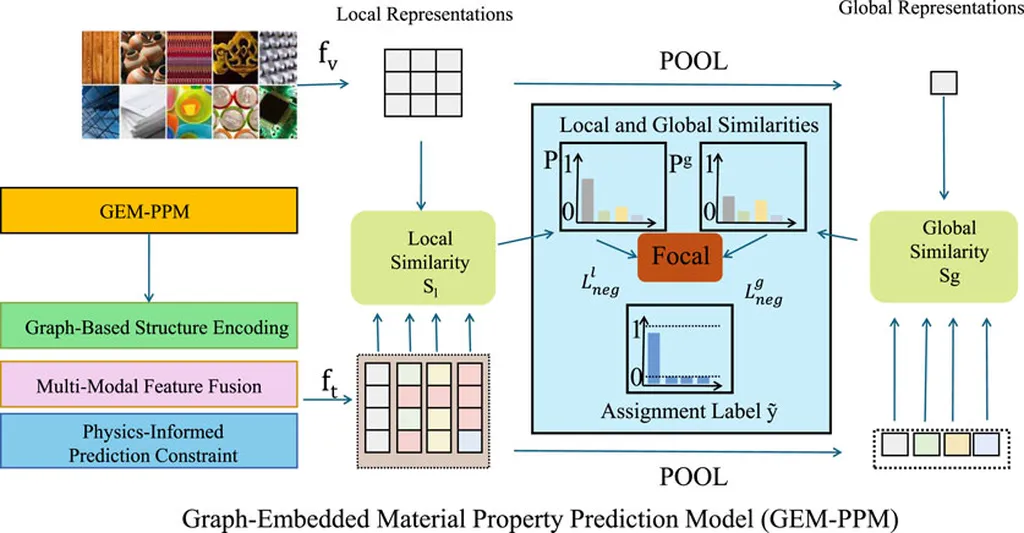In a groundbreaking development poised to revolutionize the energy sector, researchers have introduced an innovative framework that accelerates the discovery of materials with desired thermal conductivity. This advancement, published in the journal *Materials Futures* (translated to English as “Materials Horizons”), combines the precision of density functional theory (DFT) with the interpretability of deep learning, offering a powerful tool for thermal material design.
At the heart of this research is Yuxuan Zeng from The Institute of Technological Sciences at Wuhan University in China. Zeng and the team have tackled a longstanding challenge in material science: the trade-off between accuracy and interpretability in predicting lattice thermal conductivity (LTC), a critical parameter for thermal transport properties. Traditional computational methods like DFT and molecular dynamics (MD) are resource-intensive, limiting their use in high-throughput predictions. AI-driven approaches have shown promise, but they often lack the interpretability needed to understand the underlying physics.
The team’s solution is an interpretable deep learning framework that enables rapid and accurate LTC prediction. This framework not only bridges the gap between interpretability and precision but also facilitates a deeper understanding of phonon thermal transport mechanisms. By combining sensitivity analysis with DFT calculations, the researchers have uncovered novel insights into how heat travels through materials at the atomic level.
“This work represents a significant leap forward in our ability to design and discover thermal materials,” said Zeng. “By leveraging the strengths of both DFT and deep learning, we can now predict LTC with unprecedented speed and accuracy, opening up new possibilities for thermal management and energy conversion technologies.”
The implications for the energy sector are substantial. Efficient thermal management is crucial for improving the performance and longevity of energy systems, from solar panels to nuclear reactors. Moreover, the ability to design materials with tailored thermal conductivity can enhance the efficiency of thermoelectric devices, which convert heat into electricity. This could lead to more sustainable and cost-effective energy solutions, addressing some of the pressing challenges in the transition to renewable energy.
The research also sets a new benchmark for interpretable AI in material science. By making the underlying physics more transparent, the framework enables researchers to validate their findings and build upon them, fostering a more collaborative and innovative research environment.
“This is not just about developing a new tool; it’s about changing the way we approach material discovery,” Zeng added. “By making the process more interpretable, we can accelerate innovation and bring new materials to market faster.”
As the energy sector continues to evolve, the ability to design and discover materials with specific thermal properties will be increasingly important. This research not only accelerates the discovery of thermal materials but also paves the way for future advancements in thermal management and energy conversion technologies. With the publication of this work in *Materials Futures*, the stage is set for a new era of innovation in material science, driven by the synergistic power of DFT and interpretable deep learning.

